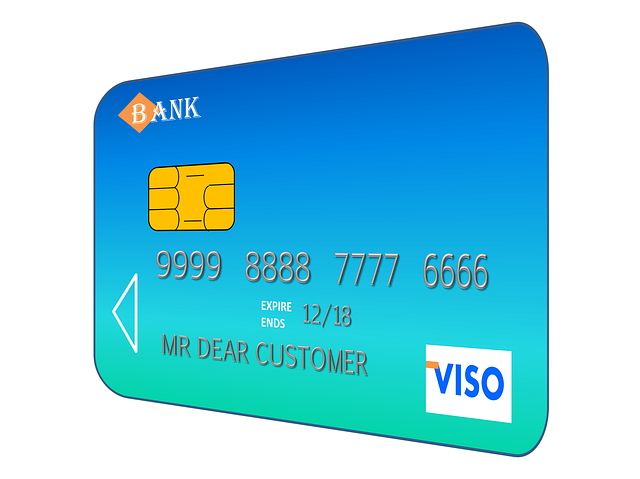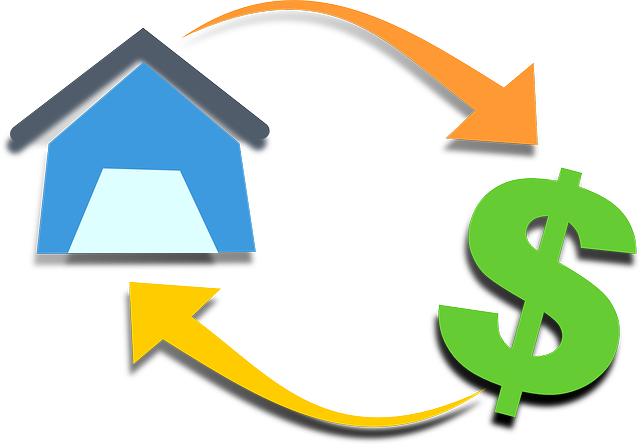Debt restructuring for individuals in South Africa provides a strategic solution for managing overwhelming debt, especially among those facing financial strain due to high unemployment rates and living expenses. By renegotiating terms with creditors and creating personalized repayment plans, individuals can reduce interest charges, extend repayment periods, and regain control of their finances. This process requires careful planning, documentation, and collaboration with financial experts, but it offers relief and improved credit scores. While not suitable for everyone, successful debt restructuring cases inspire others to seek help, leveraging available resources like non-profit organizations and financial advisors.
South Africa’s individuals often face financial strain, leading many to explore debt restructuring as a path to economic relief. This comprehensive guide delves into the process, offering insights for those burdened by debt. We uncover the common causes of individual debt in South Africa and explain the eligibility criteria for available restructuring programs. By outlining the steps involved and potential benefits, we aim to empower readers with knowledge, helping them navigate this financial strategy effectively. Discover success stories and resources for a fresh start towards financial freedom.
- Understanding Debt Restructuring: What It Means for South Africans
- Common Causes of Individual Debt in South Africa
- Eligibility Criteria for Debt Restructuring Programs
- The Process of Restructuring: Steps to Take and Documents Required
- Benefits and Potential Drawbacks: Weighing the Options
- Success Stories and Resources for Debt Relief Support
Understanding Debt Restructuring: What It Means for South Africans

Debt restructuring is a financial strategy that offers much-needed relief for South Africans burdened with debt. It involves repackaging and reorganizing existing debts to create a more manageable repayment plan, tailored to individual circumstances. This process can be a game-changer for those struggling with multiple creditors or high-interest rates, providing an opportunity to regain control over their finances.
For South African individuals, understanding this concept is crucial in navigating the complexities of personal finance. Debt restructuring allows borrowers to negotiate new terms with lenders, potentially reducing interest charges and extending repayment periods. This can significantly lower monthly payments, making it easier to stay on top of financial obligations without the constant fear of defaulting.
Common Causes of Individual Debt in South Africa

In South Africa, individual debt often stems from a combination of economic pressures and personal circumstances. Common causes include unemployment rates that consistently remain high, leading to limited income opportunities. Many individuals also face challenges due to rising living expenses, such as housing, transport, and food costs, which outpace wage growth. Access to credit has been another factor, with the ease of obtaining loans, credit cards, and overdrafts sometimes resulting in excessive borrowing. Furthermore, lack of financial literacy and impulsive spending habits can contribute to debt accumulation. For many South Africans, these factors intertwine, creating a complex web of debt that requires strategic solutions like debt restructuring.
Debt restructuring for individuals offers a way out of this challenging situation by providing relief from overwhelming debt obligations. It involves renegotiating terms with creditors or seeking professional assistance to create a more manageable repayment plan. This approach is particularly beneficial in South Africa, where the financial landscape presents unique challenges for many citizens. By addressing the root causes of debt and implementing structured solutions, individuals can regain control of their finances and move towards long-term financial stability.
Eligibility Criteria for Debt Restructuring Programs

In South Africa, individuals facing overwhelming debt have a crucial option available to them: debt restructuring. However, eligibility for such programs is key. To qualify, one must generally owe a significant amount of debt, typically in excess of R10,000. This often includes debts from various sources such as banks, credit card companies, and other lenders. The onus is also on the individual to demonstrate their financial hardship and commitment to repayment through a structured plan.
Factors considered include income level, expenses, and the ability to make consistent payments. Programs usually cater to those who are employed but struggling due to unforeseen circumstances or excessive borrowing. It’s important to remember that each program has its own set of criteria, so individuals should carefully review the terms and conditions before applying.
The Process of Restructuring: Steps to Take and Documents Required

Debt restructuring for individuals in South Africa involves a strategic process aimed at transforming one’s financial situation. It requires careful planning and collaboration with financial experts. The initial step is to assess the current debt burden, including all outstanding loans, credit card balances, and any other financial obligations. This assessment helps identify the scope of the problem and potential solutions.
Subsequently, individuals need to prepare necessary documents, such as proof of identity, income statements, and detailed accounts of existing debts. These documents are crucial for financial advisors or debt restructuring companies to evaluate the situation accurately. The process then involves negotiating with creditors to restructure terms, potentially lowering interest rates, extending repayment periods, or even writing off a portion of the debt. Effective communication and transparency throughout this step are vital to achieving favorable outcomes.
Benefits and Potential Drawbacks: Weighing the Options

Debt restructuring for individuals in South Africa offers a strategic path toward financial stability, but it’s crucial to understand both its benefits and potential drawbacks. One key advantage is that it provides a chance for debt relief by renegotiating terms with creditors, which can include lower interest rates, extended repayment periods, or even a portion of the debt written off. This can significantly reduce monthly payments and the overall cost of debt. Additionally, it allows individuals to regain control over their finances, improve credit scores, and avoid the stress associated with overwhelming debt.
However, there are also potential downsides to consider. Restructuring may not be suitable for everyone; those with stable incomes and manageable debts might find other solutions more effective. Furthermore, the process can be complex and time-consuming, requiring careful financial planning and commitment to the agreed-upon restructuring plan. There’s also a risk of damaging relationships with creditors if negotiations fail or if there’s a history of missed payments. Therefore, individuals must weigh these factors carefully before embarking on debt restructuring to ensure it aligns with their financial goals and circumstances.
Success Stories and Resources for Debt Relief Support

In the journey towards financial freedom, many South Africans have found solace and success through debt restructuring. These stories serve as a beacon of hope for those burdened by debt, demonstrating that a path to financial stability exists. From individuals who successfully negotiated with creditors to those who embarked on structured repayment plans, each tale is unique yet unified by a common thread: perseverance. By sharing these experiences, communities are fostering an environment where seeking help and finding solutions is normalized.
Resources abound for those seeking debt relief support in South Africa. Various non-profit organizations, government initiatives, and financial advisors offer guidance tailored to individual circumstances. These platforms provide invaluable tools, such as budget planning, debt consolidation options, and legal advice on debt collection practices. Embracing these resources not only equips individuals with knowledge but also connects them to a network of support, making the process of restructuring debts less daunting and more achievable.
Debt restructuring offers South Africans a much-needed lifeline when facing overwhelming financial obligations. By understanding the process, individuals can navigate their options and access programs tailored to their unique circumstances. With careful consideration and the right support, debt restructuring can lead to financial relief and a brighter future. This guide has provided an overview of the key steps and benefits, empowering readers to take control of their financial health. Remember, seeking assistance is not a sign of weakness but a proactive step towards a more secure tomorrow.







